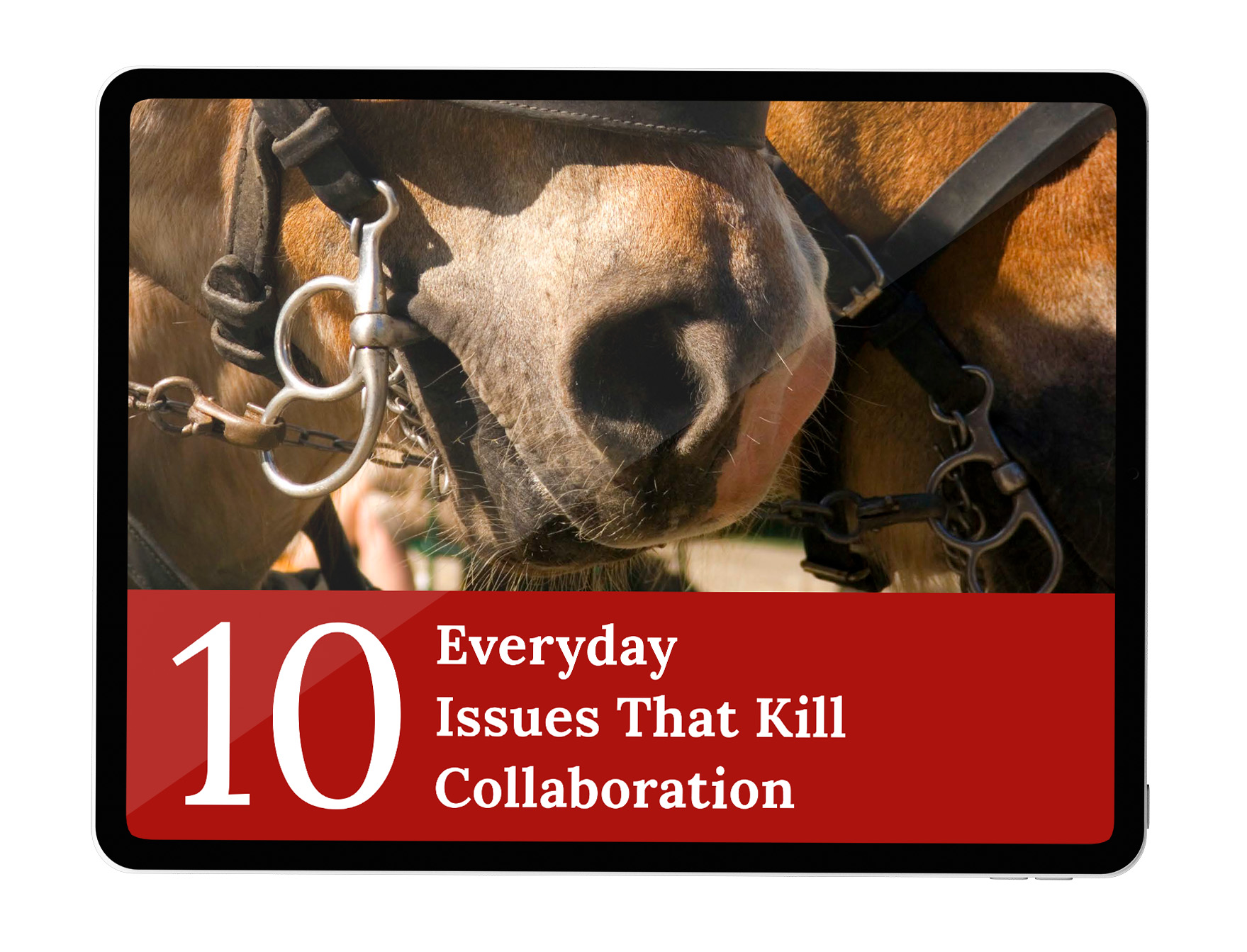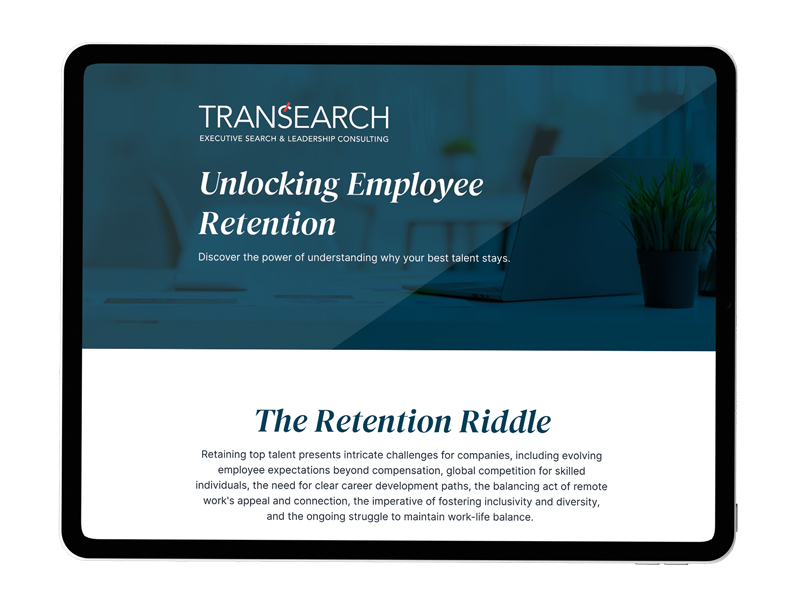A professional evolution
Two decades ago, when I started my work at TRANSEARCH, I was the only woman on a small team. I have grown with TRANSEARCH, having a hand in shaping our company. When I became pregnant with my first child, for example, I had the chance to write our employee handbook, spelling out what maternity and paternity leave would look like for our company.
In the time I’ve worked for TRANSEARCH, much has changed. Our team has grown. Female participation has more than tripled. At the start of 2021, we promoted a woman to CEO. TRANSEARCH has been a true leader in extending meaningful opportunities to women and elevating women to serve in leadership roles, myself included. I remember, early in my tenure, I discovered that a male peer was earning more than me. When I challenged my managers, they remedied this error. I went on to become the first female shareholder in our company.
A remote evolution
Nearly 12 years ago, when I decided to leave Illinois and return to my native Michigan to raise my kids, I became TRANSEARCH’s first remote employee. I felt fortunate that my company allowed me to work in a way that was new and rare at the time.
When I first started working remotely, it mirrored the office experience. I had to be in my home office from 8 am until 5 pm. If I needed to step out to take the kids to school or run an errand, I felt sheepish. I had to sign myself out or make sure someone knew why I was away. It was not flexible work. It was simply remote work.
Over time, I made this my own. I developed my own systems. I became a more confident remote worker. I consistently came through and delivered quality. Results are the best endorsement, and when I could show those, I knew the arrangement was going to succeed.
The pandemic has pushed this trend, extending remote work opportunities to more employees. For all the pain the pandemic has caused, this is a positive development benefitting employees and managers alike. Operating remotely is an excellent way to work, and I’m glad that the professional world is catching on to what I learned a long time ago: a remote system is a streamlined and productive one, rich with natural incentives.
We have moved past the idea that our employees need to report to work during core hours. Now, our attitude about work is flexible. My thought in managing my team is that when I’m speaking to someone, I want them to be focused, dialed in, intellectually available. It doesn’t matter to me when they are working, as long as their work gets done well, they are reliable, and I can reach them when I need to.
A leadership evolution
There’s a nexus between caregiving and leadership; as a mom, I feel particularly well-qualified to lead from that space. It’s what I do all the time with my kids.
Having my team be fully remote has given me better tools for the caregiving side of the equation. I like that I can tell a team member to take a walk when she’s stuck on a project or to take a nap when he has a headache. They appreciate being treated like the valuable humans they are, and I appreciate the quality of the work they submit when they return from that walk or that nap.
The next generation of work
March is Women’s History Month, our annual opportunity to reflect on the unique ways that women have impacted culture in the past and to consider how they might continue to do so in the future. The pandemic has been hard for women; 2.1 million women have lost their jobs or left the workforce. More than 880,000 of those employees are women of color.
As leaders, we have the opportunity to win these employees back by making a suitable place for them in the workforce. Remote and flexible professional opportunities are tools that we now have to woo these workers back.
It gives me pause, and it makes me sad to think that there was a time when working mothers were not highly regarded members of the workforce. Working mothers tend to work hard and smart. They tend to be no-nonsense communicators who get the job done.
The next generation of work, the post-covid generation, will build on what we’ve learned about flexibility. Let’s drive it with our inclusion efforts. Make a place for working women and for working moms, so that next March we’ll be celebrating how far we’ve come.





































































